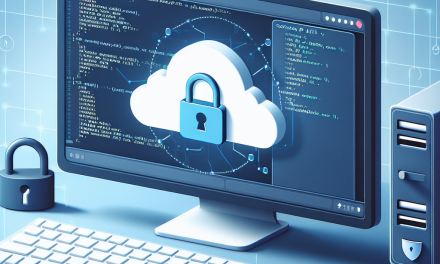In today’s fast-paced digital landscape, the importance of cybersecurity cannot be overstated. With the sophistication of cyber threats on the rise, being adept at forensic evidence collection is essential for organizations to respond effectively to incidents. Linux servers are widely used in various industries due to their stability, security features, and cost-effectiveness. In this article, we’ll explore effective techniques for collecting forensic evidence from Linux servers to aid in investigations and incident response.
Understanding Linux Forensics
Linux forensics involves the systematic collection and analysis of data from a Linux system to understand the activities that have occurred and establish a timeline of events. This forensic process is crucial in identifying unauthorized access, tracing digital footprints, and recovering lost or deleted files.
1. Preparing for Evidence Collection
Before any forensic data collection begins, it’s imperative to prepare adequately:
-
Develop a Forensic Policy: Establish clear guidelines on how to handle and process digital evidence, including personnel roles and responsibilities.
- Create a Forensic Toolkit: Equip your team with a forensic toolkit containing necessary software and hardware tools. Popular tools include
dd,Sleuth Kit,Autopsy,Volatility, and others.
2. Ensuring the Integrity of Evidence
Once the incident is identified, evidence integrity must be ensured:
-
Use Write Blockers: When dealing with external media, always employ write blockers to prevent any modification to the original data.
- Create Hash Values: Before and after evidence collection, compute hash values (e.g., MD5 or SHA256) to verify the integrity of the files. If the hash matches before and after collection, the evidence is considered intact.
3. Collecting Live Data
In many instances, collecting live data is crucial, as it may provide immediate insights into ongoing events:
-
Record System State: Utilize tools like
toporhtopto gather runtime statistics. Useps auxto list all running processes, paying attention to suspicious or unfamiliar activity. -
Network Connections and Traffic: Capture live network connections using the
netstatcommand or network analysis tools liketcpdumpto understand active connections and their status. - Capture Memory Dumps: Use tools like
LiMEorfmemto create a memory dump of the running system, which can provide insights into running processes, network connections, and in-memory data.
4. Collecting Core Data
A comprehensive investigation requires the collection of core data, including:
-
File System Analysis: Use
find,grep, or forensic analysis tools to search for deleted files, recent modifications, and suspicious files. Data from the/var/logdirectory can reveal user activity and system events. -
User and Group Accounts: Collect information about user accounts using commands like
cat /etc/passwdandcat /etc/group. Check for unauthorized accounts or modifications to existing accounts. - Configuration Files: Examine configuration files in
/etcfor unauthorized changes. Files such assudoers,ssh/sshd_config, andpasswdare particularly important.
5. Documenting the Evidence Collection Process
Documentation is vital in forensics:
-
Maintain Chain of Custody: Document every action taken during the evidence collection process, including who collected the data, when it was collected, and any actions taken on the evidence.
- Screenshot and Logging: Use screen capture tools or logging to create a visual representation of the current system state. Logs can also be generated to record terminal commands executed during the investigation.
6. Analyzing Collected Evidence
Post-collection, analyze the gathered data methodically:
-
Use Forensic Analysis Tools: Tools like Sleuth Kit or Autopsy can help analyze file systems and assist in recovering deleted files.
- Log Analysis: Use log parsing tools like
Logwatchor create custom scripts to analyze system logs for suspicious activity. This aids in forensic investigation and incident evaluation.
Conclusion
Forensic evidence collection on Linux servers is a critical skill that requires proper processes, tools, and guidelines to execute effectively. By understanding these techniques and preparing for potential incidents, organizations can respond more effectively to cybersecurity threats and ensure they can analyze and understand incidents thoroughly.
Adopting these practices not only enhances an organization’s incident response capabilities but also strengthens its security posture, fostering a proactive approach to cybersecurity. As threats evolve, so too must our methodologies in forensic evidence collection, ensuring that we remain one step ahead in the digital landscape.
Whether you are a seasoned security professional or a newcomer to the field, mastering these techniques will significantly contribute to building a robust security framework for your Linux environments. For more insights and tips, stay tuned to WafaTech Blog!





